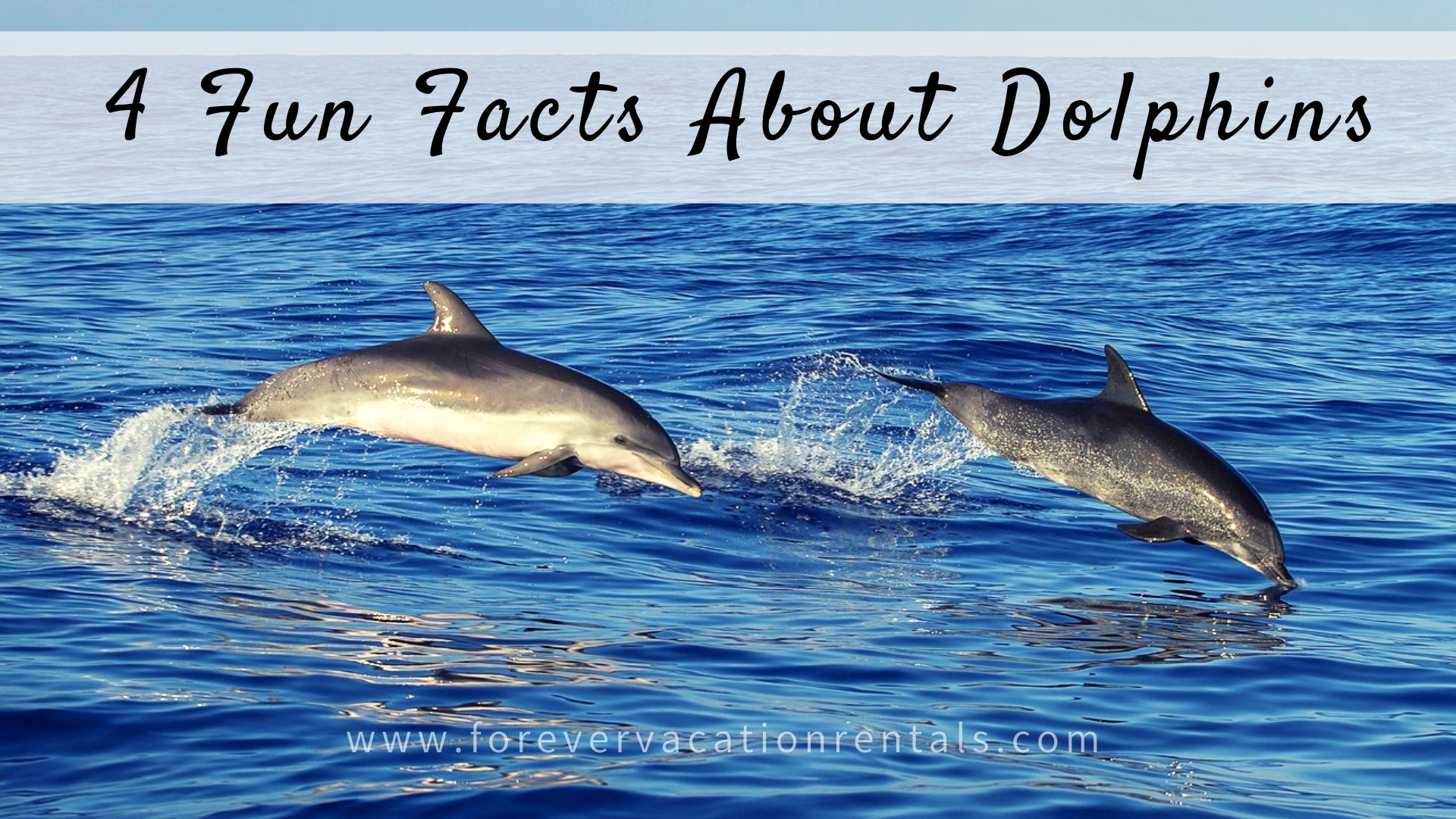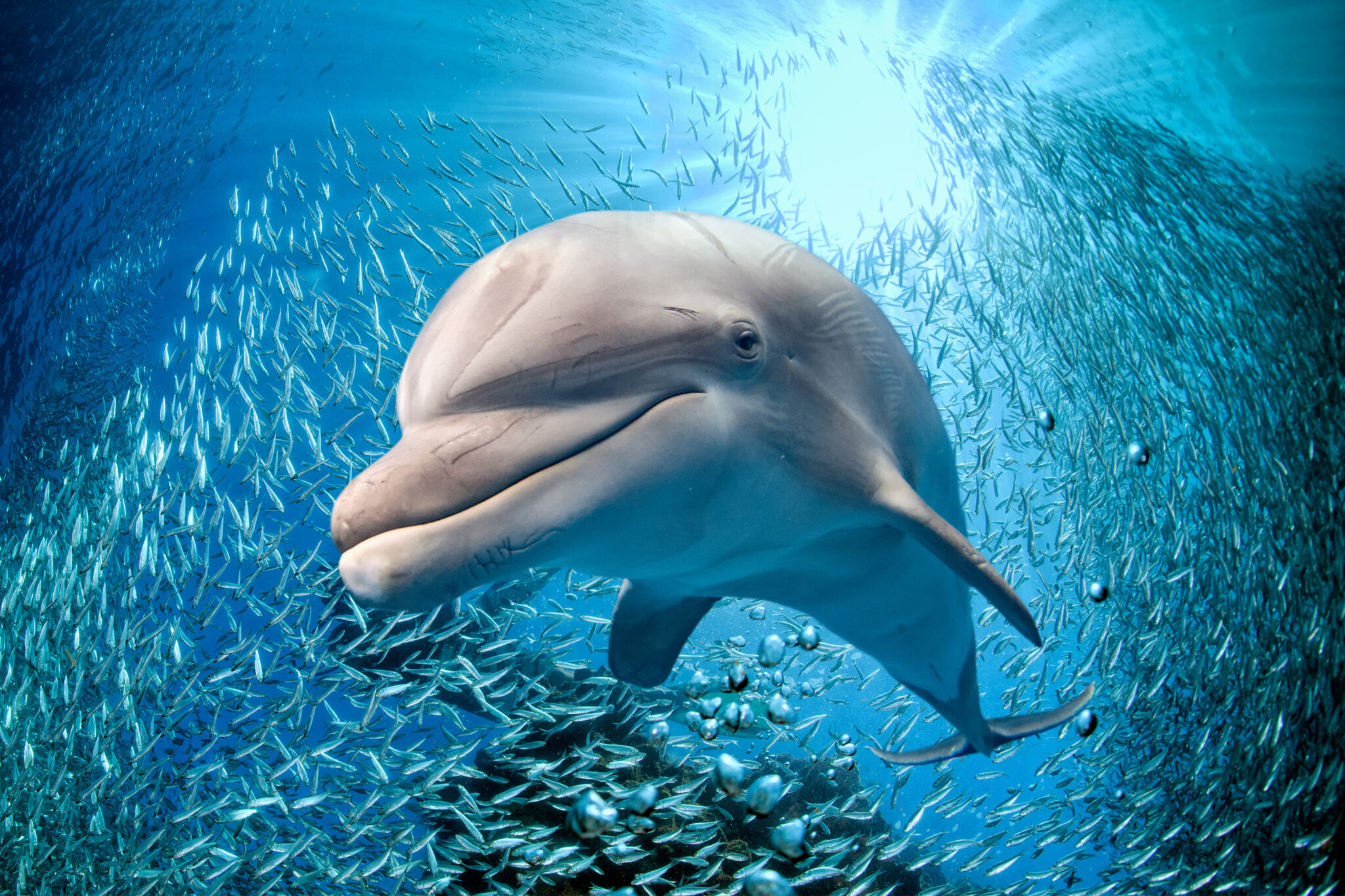Discover Rare Dolphin Facts That Make Them Unique Among Marine Animals
Wiki Article
Dive Into the Ocean: Captivating Dolphin Facts for Sea Lovers
The world of dolphins provides a fascinating crossway of knowledge, social habits, and eco-friendly importance. From their intricate communication approaches to their outstanding analytic capabilities, dolphins challenge our understanding of pet knowledge.Dolphin Variety Variety
Diversity is a hallmark of the dolphin family members, incorporating a vast variety of varieties that exhibit distinct physical features, behaviors, and habitats. The family members Delphinidae, commonly understood as nautical dolphins, comprises around 37 varieties, each adapted to particular eco-friendly niches. For example, the bottlenose dolphin (Tursiops truncatus) is renowned for its intelligence and convenience, thriving in both coastal and open sea settings.On the other hand, the orca (Orcinus orca), typically described as the awesome whale, is the biggest participant of the dolphin family members and is characterized by its striking black-and-white coloration. Orcas demonstrate complex social structures and hunting methods, showcasing the behavioral diversity within the household. Various other types, such as the rewriter dolphin (Stenella longirostris), are kept in mind for their acrobatic screens and choice for warmer waters, highlighting the versatility of dolphins to different aquatic ecological communities.
In addition, river dolphins, consisting of the pink river dolphin (Inia geoffrensis), live in freshwater settings, better highlighting the wide-ranging habitats that dolphins inhabit. Dolphin Facts. This unbelievable variety not just enhances marine communities however likewise highlights the significance of conservation efforts to shield these impressive animals and their atmospheres
Social Behavior and Communication
The detailed social actions and communication methods of dolphins are vital parts of their presence, helping with group communication and boosting survival. These highly smart marine mammals show complicated social structures, often creating skins that can vary from a few people to over a hundred. Within these groups, dolphins take part in actions such as cooperative searching, social play, and shared protection, which promote strong bonds amongst members.Dolphins make use of an advanced array of articulations, including clicks, whistles, and body movement, to convey details and express feelings. Their signature whistles act as distinct identifiers, comparable to names, allowing people to call out to each other. This singing interaction is complemented by non-verbal signals, such as jumping, slapping the water, and integrated swimming, which better enhances their communications.

Special Feeding Practices
Distinct feeding practices identify dolphins, showcasing their versatility and intelligence in various aquatic atmospheres. These marine creatures are understood for their diverse diet regimens, which mostly include fish, squid, and crustaceans. Their searching techniques can differ substantially, typically tailored to the details victim and ecological problems.One notable approach is cooperative searching, where dolphins work in teams to herd institutions of fish right into tight developments, making it much easier for individuals to catch their dish. This social habits not just improves their feeding performance however additionally strengthens social bonds within the covering. Additionally, dolphins have actually been observed employing a method called "fish-whacking," where they use their tails to confuse or stun fish, helping with less complicated capture.
One more remarkable feeding practice is echolocation, which enables dolphins to detect victim also in murky waters. By sending out sound waves and translating the returning mirrors, they can recognize the size, shape, and area of their targets. This remarkable capability emphasizes their adaptability in different environments, from superficial coastal areas to much deeper nautical waters. Overall, the distinct feeding routines of dolphins highlight their duty as experienced killers within the aquatic ecological community, demonstrating both intelligence and resourcefulness.
Intelligence and Problem Resolving
Their intelligence is evident in their analytic abilities, social interactions, and capacity for learning. Study has actually demonstrated that dolphins can utilize devices, such as utilizing marine sponges to protect their rostrums while foraging on the seafloor.In addition, dolphins show sophisticated communication abilities, utilizing a complex system of clicks, whistles, and body movement. Dolphin Facts. This interaction is essential for coordinating team activities, such as searching and interacting socially, showing their capability to function collectively in the direction of a typical goal. Their capability to understand abstract principles, including self-recognition in mirrors, further stresses their cognitive elegance
In regulated research studies, dolphins have actually shown a capacity to fix puzzles and do tasks that call for both memory and crucial reasoning. These interactions show not only knowledge but likewise a willingness to involve with their environment in novel means. In general, the cognitive expertise of dolphins places them amongst one of the most intelligent varieties in the world, promoting a much deeper gratitude for their duty in marine ecological communities.
Conservation and Environmental Effect
Preservation efforts intended at shielding marine ecological communities read what he said are critical for protecting dolphin populaces and their environments. Dolphins are highly conscious ecological adjustments, and their survival is intricately linked to the wellness of nautical ecosystems. Overfishing, contamination, and environment adjustment pose significant dangers to both dolphins and their settings.Overfishing disrupts the food chain, resulting in a decrease in victim varieties essential for dolphin survival. Toxins such as chemicals and plastics gather in aquatic atmospheres, jeopardizing dolphins through consumption and bioaccumulation. Raised water temperature levels and ocean acidification, effects of environment adjustment, even more endanger the delicate equilibrium of aquatic environments, influencing dolphin reproduction and migratory patterns.
Conservation efforts, including the establishment of check my source aquatic safeguarded areas (MPAs), play a vital duty in safeguarding these smart animals. MPAs assist reduce human impact, allowing ecosystems to prosper and recover. Public awareness projects and neighborhood engagement are also crucial, cultivating a culture of stewardship towards aquatic life. By prioritizing conservation initiatives, we can guarantee that future generations delight in the elegance and vigor of dolphins and the oceans they live in. Securing marine ecological communities is not practically conserving dolphins; it has to do with maintaining the complex web of life that maintains us all.
Conclusion
Dolphins exhibit the complexity and splendor of marine life with their varied species, complex social structures, and advanced cognitive capacities. Their distinct feeding routines and communication techniques further show their flexibility and intelligence. As crucial parts of marine environments, dolphins underscore the requirement of recurring preservation efforts to secure their environments. Protecting these exceptional animals is important not just for their survival but additionally for maintaining the health and wellness and equilibrium of sea settings globally.Other types, such as the spinner dolphin (Stenella longirostris), are noted for their acrobatic screens this page and preference for warmer waters, highlighting the versatility of dolphins to different marine communities.
Generally, the special feeding routines of dolphins highlight their function as knowledgeable killers within the marine environment, demonstrating both intelligence and resourcefulness.
Generally, the cognitive prowess of dolphins positions them among the most smart varieties on the earth, cultivating a much deeper appreciation for their function in marine environments.

Report this wiki page